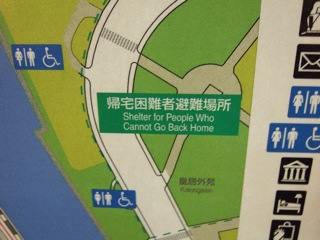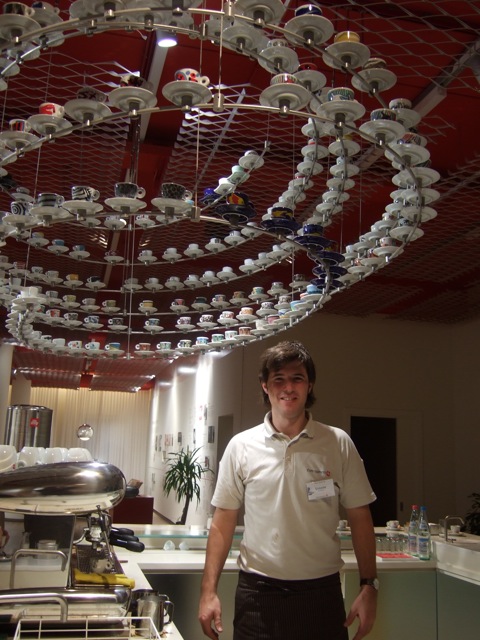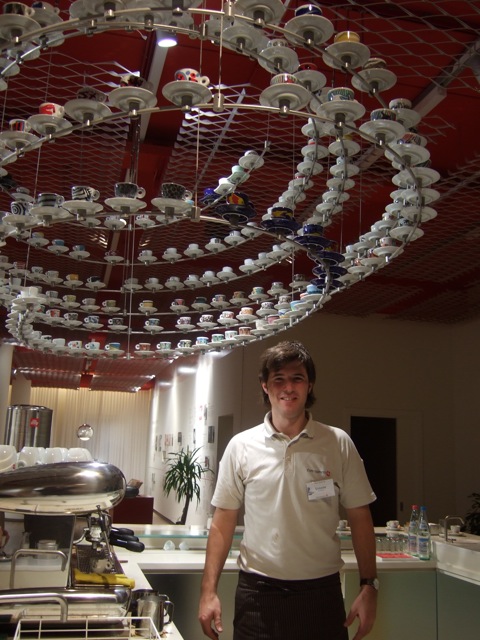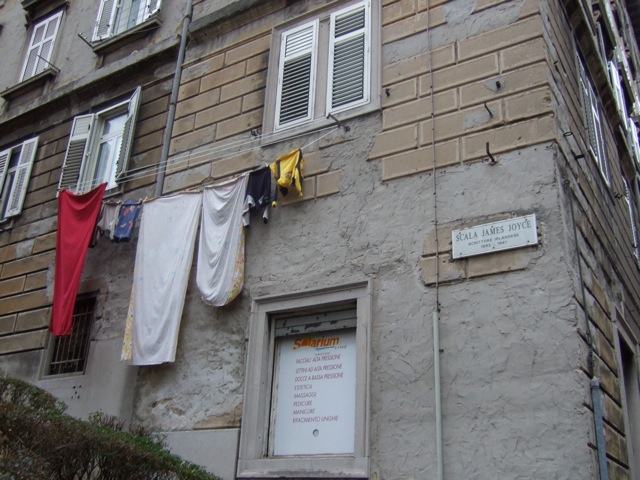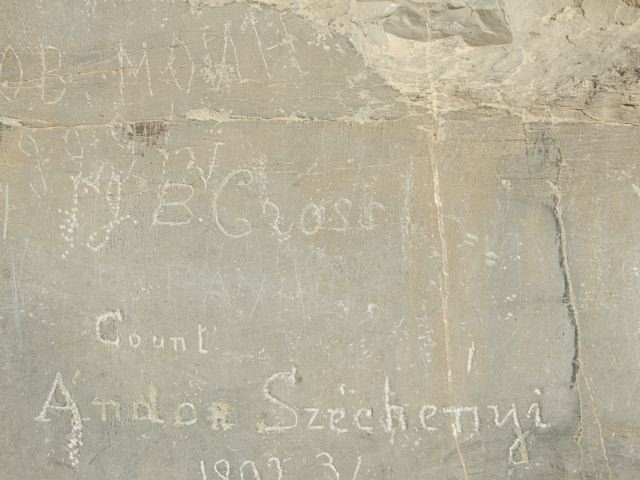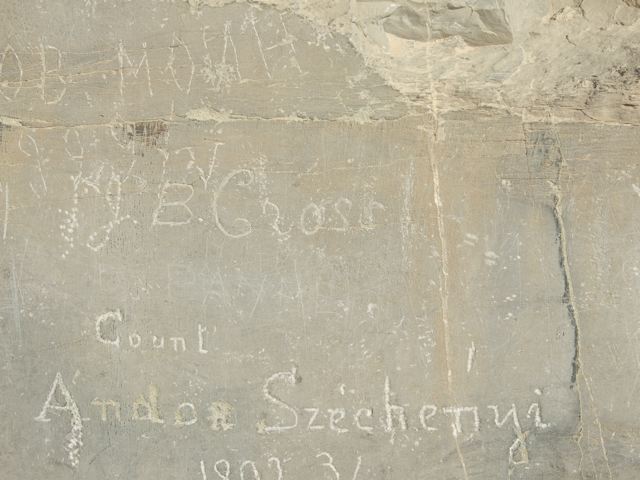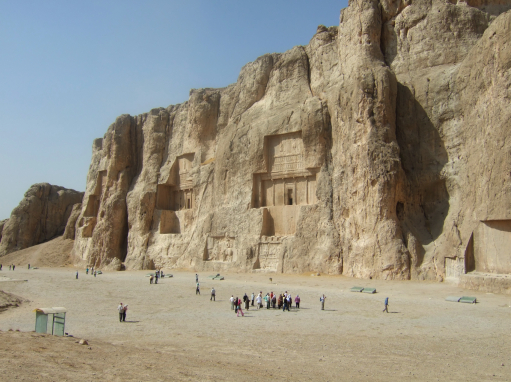"For people who cannot go back home…"
I’m in transit, between Nikko, celebrated pilgrim town, and Kanazawa, a town on the coast of the sea of Japan. The ocean has just became visible, a foggy band of water only dimly visible a few meters from the train tracks through thick grey cloud. I should arrive in Kanazawa in an hour or two.
I’ve been here in Japan since Saturday, and I’m on my way to Matsuayama for a conference — I’m taking the slow route, although trains in Japan are not that slow at all. Today is Tuesday, and I plan to be there on Sunday. My three days in Tokyo were exhausting, probably because I walked too much. On the first day I saw this sign–
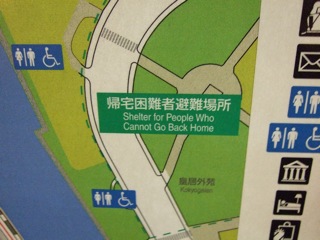
To which I immediately attached a profound metaphysical significance. “You can’t go home again”, after all! These Japanese look after everything, even existential angst! Well, alright: I suspected it was a circumlocution for “homeless people”. But, in fact, none of the above: these shelters are really for salarymen who’ve missed their last train home.
I’m still on the misty coast of the sea of Japan. On the left I can see some snow-capped mountains behind a blue-grey mist and on the right, the ocean and many houses with black sloping rooves, wet with rain. It does look like it rains a lot here. The umbrella I bought on my first day in Asakusa will be useful around here.
My arrival in Tokyo was slightly surreal, as perhaps are all arrivals in unknown countries after long-haul flights. After descending through the clouds, absolutely nothing was visible until a few seconds before landing: Tokyo was shrouded a thick fog, and heavy rain was falling. I found my way easily enough to my hotel in Asakusa, but as it was only 9AM I couldn’t take a shower or readjust to the changing of continents. So I visited, in the pouring rain, Asakusa’s main attraction, the Senso-Ji buddhist temple. It was still early, and the crowds had yet to arrive, and I spent the good part of an hour wandering around the temple and the yet-to-be filled streets until exhaustion and rain overcame me. Remember, it was really around 3AM for me, and I had not slept in 24 hours. I decided to find somewhere warm to pass an hour or two until I could check in.
After time spent elsewhere in Asia (Iran and China) I had forgotten that actually the Japanese do know how to make a good coffee, and I found one such coffee-house where an extremely hot cup of coffee was prepared from beans for me before my eyes, which gave me just enough energy to keep going until 3pm.
I don’t have much else to report concerning my stay in Tokyo. After reading about the various districts of the town in my guidebook I had perhaps an exaggerated sense of the differences between them. My invariable reaction when stepping from the subway station was to think, actually, this looks very similar to all the places in Tokyo I have seen before. In the end, Asakusa, where my hotel was located, turned out to be the part of town I preferred. There I found everything on a more or less on a human scale, at least in the narrow streets around my hotel, where there were many fine restaurants and bars. Walking around Shinjuku was a bit like constantly watching television outside, so much is moving and changing. At certain intersections this is literally true: giant tv screens have been placed at major intersections, and everyone’s eyes drift skywards whilst waiting for the light to change so they can cross. And also there is a constant aural background of dozens of small voices speaking to you simultaneously in a language you don’t understand. There are I don’t know how many hidden loudspeakers in the metro system and visits to department stores and pachinko hall can be an overwhelming experience.
[a few hours later]. I’m now in Kanazawa. I’ll perhaps write more in the next few days as I continue down the coast.
